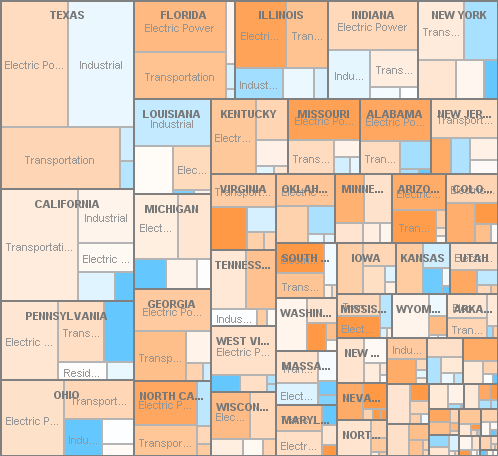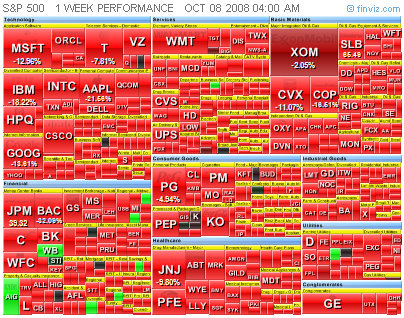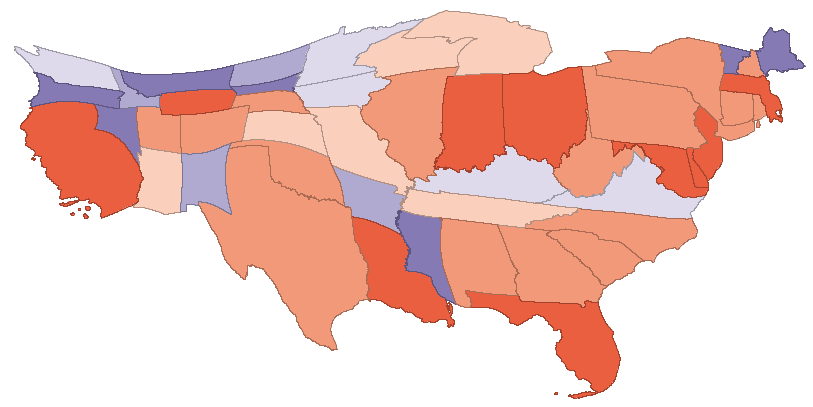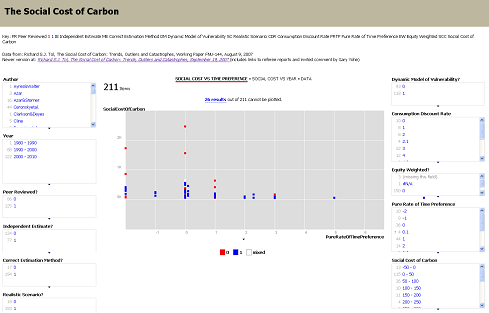Well, at least me and a few fellow Montanans. There’s an earthquake swarm in Yellowstone right now. The supervolcano is sure to blow us all to Kingdom Come. This elk my wife met seems unconcerned though:
A guy at Wolfram made a nice visualization example out of the data, though it’s not exactly a gripping movie.





